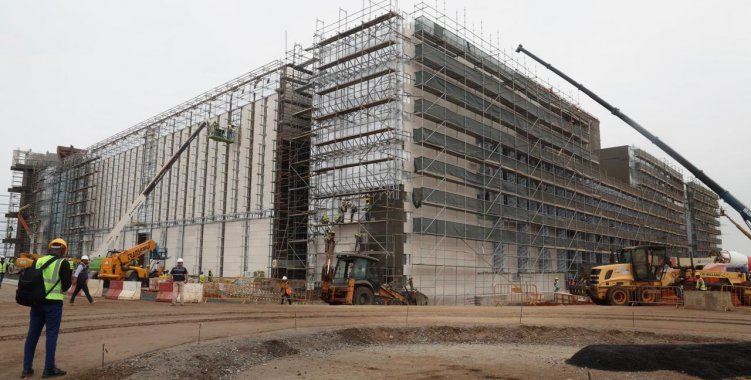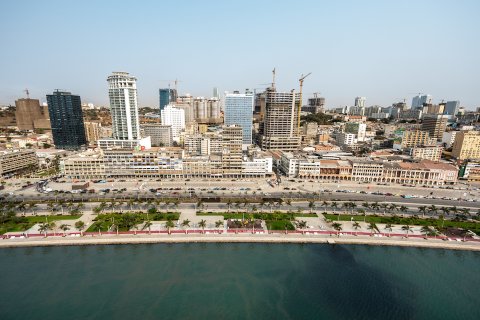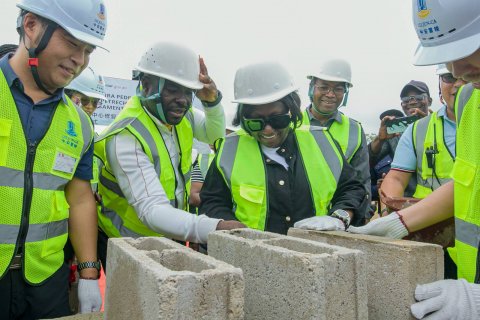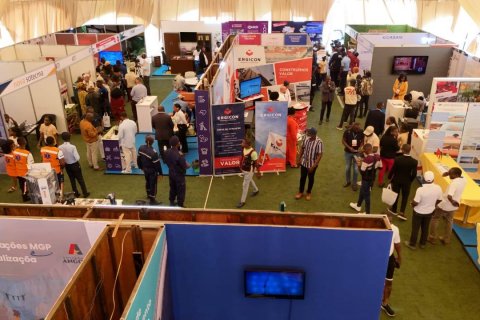"It was, in fact, necessary for Angola to have an infrastructure of such magnitude. This is a massive project, with a total area of 72,000 square meters," he stated in statements to the press, cited by Angop.
At the time, Carlos Alberto dos Santos explained that the total area is divided into two: approximately 50,000 square meters are for the main building, and the remaining approximately 20,000 square meters are reserved for parking.
Thus, the project will include an amphitheater capable of holding 3000 people, a plenary room with capacity for 375 people, as well as parking for 700 cars.
According to the minister, the country does not yet have "infrastructure with these characteristics," making its construction very important: "Obviously, we do not yet have infrastructure with these characteristics in the country, hence its imperative need."
Quoted by Angop, the Minister of Public Works, Urbanism, and Housing stated that the project is the result of cooperation between the State and the private sector, an agreement that, in his opinion, is beneficial for Luanda's economy and urban growth.
"This strongly encourages private investment, as other infrastructure, including hotels and restaurants, will be built within the same perimeter, and the surrounding green area will be renovated," he stated, adding that collaboration between public and private investment translates into a beneficial symbiosis, providing Angola with the "urban and functional dignity that Angola has lacked for some time."
Regarding the future Artist's House project, the minister considered that it will reinforce the appreciation of national culture and artists.
"Our artists have always needed a decent space that would guarantee them visibility and the conditions to develop their creations with dignity," he said, adding: "The project is expected to be completed by the end of 2026. We still have about 17 to 18 months of work, according to the established schedule, which allows us to believe that the goal will be achieved without difficulty."







